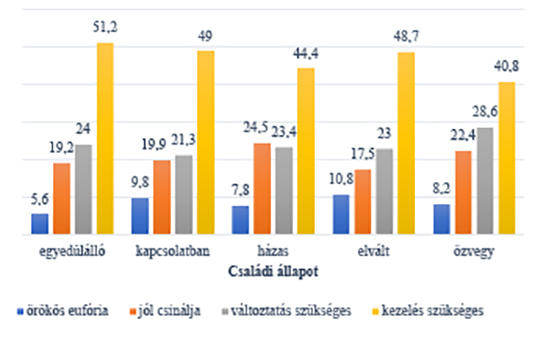[A significant number of studies addresses the benefits of high-flow nasal oxygen therapy (HFNO) in respiratory failure caused by Covid-19. However, the number among them about its use outside the intensive care unit is much less. Our study aims to evaluate the HFNO treatment data of patients with respiratory failure caused by Covid-19 in non-intensive care settings, and to compare them with three international studies and one local study with resembling subject.
To this retrospective cohort study, we selected patients with respiratory failure (n = 47) caused by Covid-19 pneumonia who were treated at the wards of the Sub-intensive Infectious Diseases Department, at Tolna County Balassa János Hospital, between March 16, and May 31, 2021. Exclusion criteria of starting HFNO therapy were low GCS (<13), multiple organ failure requiring intensive therapy, and hypercapnia (paCO2 > 50 mm Hg). With the patients’ general demographic data, we also evaluated treatment outcomes and mortality. We compared the duration of treatment and the average number of days of hospital stay with the number of care days among other patients not treated with HFNO, during the span of the study and the previous wave of the pandemic.
The patients’ mean age was 66 years (median: 67). The average duration of HFNO treatment was 6.829 days, which means a sum of 321 treatment days for 47 patients. 45% of the patients could be discharged home, 25% had to be transferred to the intensive care unit because they needed invasive ventilation, which was determined by a modified version of the national early warning score (NEWS) point system. Mortality during treatment was 30% and those of patients transferred to the intensive care unit mounted to 83%.
Compared with other three international studies and one local study, further based on our own experience, HFNO has proven to be effective in the treatment of patients with respiratory insufficiency not associated with hypercapnia caused by severe Covid-19. Based on patient feedback and nursing documentation, it increased the patient comfort compared with conventional oxygen therapy devices. Compared with data collected in the previous pandemic wave, the HFNO therapy reduced the average number of hospital treatment days and reduced the burden of the intensive care unit too.]





COMMENTS
0 comments